Ask AI on The Internet
Question: Explanation of Economic Systems, Detailed explanation of the artisanal production as one of the economic systems in various pre-colonial African societies. Demonstrates understanding of the system across regions must have citations and references
Economic Systems Overview: Economic systems dictate how resources are distributed, goods are produced, and services are rendered within societies. They shape societal structures, cultural practices, and interactions. The artisanal production system, prevalent in various pre-colonial African societies, is one particularly rich example, manifesting in diverse formats across different regions. Artisanal Production in Pre-Colonial African Societies: Artisanal production refers to small-scale, skill-intensive manufacturing carried out by individual artisans or small groups. It often involves specialized, manual skills and yields unique, high-quality products made in limited quantities. This form of economic organization was integral to many pre-colonial African societies, each sustaining various crafts such as pottery, textiles, metalwork, and woodworking with profound expertise and tradition. 1. **West Africa: Yoruba and Benin Kingdoms** - **Yoruba**: In present-day Nigeria, the Yoruba people were renowned for their bronze and brass casting using the lost-wax method, dating back to the 12th century. These communities also excelled in wood carving, textile creation, and beadwork [Jenkins, 2001]. - **Benin Kingdom**: The Edo people of Benin were famed for their bronze sculptures and plaques, which depicted royal iconography and historical events. The Benin Bronzes, as they are often called, are highly detailed and intricate, representing sophisticated metalworking skills [Dark, 1982]. 2. **East Africa: Swahili City-States** - Along the East African coast, in cities such as Kilwa, Mombasa, and Zanzibar, artisanal production played a pivotal role. Swahili artisans worked in gold, silver, and ivory, creating jewelry, textiles, and architectural embellishments. Their skills were not only local treasures but also traded extensively with Asia and the Middle East, evidencing a strong craft economy intertwined with long-distance trade networks [Pouwels, 1987]. 3. **Central and Southern Africa: Kongo and Great Zimbabwe** - The Kingdom of Kongo, located in modern-day Angola and Democratic Republic of Congo, was known for its intricate ironwork, including weapons, tools, and ritual objects. Artisans here utilized iron-smelting techniques that were both sophisticated and widespread within society [Thornton, 1998]. - In Southern Africa, the artisans of Great Zimbabwe are noted for their stone masonry, evident in the large, dry-stone walls and towers that have stood for centuries. These structures demonstrate not only engineering prowess but also a complex society with organized labor and specialized skills [Bhila, Ranger, 1985]. 4. **North Africa: Berber and Nubian Crafts** - The Berber communities spanning across North Africa in modern-day Morocco, Algeria, and Tunisia produced intricate leatherwork, textiles, and jewelry. Their crafts often incorporated geometric patterns and natural dyes, reflecting their deep cultural heritage [Murray, 1974]. - In Nubia (present-day Sudan), the Nubians were skilled in pottery and ceramics. They produced beautifully decorated pots and vessels, often traded with neighboring Egypt and other regions, indicating a vibrant artisanal culture and trade network [Adams, 1977]. **Economic and Social Impacts of Artisanal Production:** Artisanal production in pre-colonial African societies was more than an economic activity; it was a cultural marker, a means of social cohesion, and an avenue for individual and community identity. These activities supported local economies, facilitated trade (both local and transcontinental), and preserved cultural practices through generations. 1. **Local Economies**: Artisans were key economic players, producing goods essential for daily life and ceremonial purposes. Local markets thrived on the exchange of these crafted items, underpinning local economies. 2. **Trade and Exchange**: Many of these artisanal products were highly desired in broader trade networks, connecting African societies with the Middle East, Asia, and even Europe. This trade facilitated not only economic but also cultural exchanges [Curtin, 1984]. 3. **Cultural Continuity and Innovation**: Craftsmanship often followed traditional methods passed down through generations, ensuring cultural continuity. However, artisans were also innovators, adapting to new materials and techniques introduced through trade, which enriched their crafts and skills. **Conclusion:** Artisanal production in pre-colonial African societies highlights a complex and dynamic aspect of their economic systems. These societies boasted highly specialized skills and produced valuable and beautiful items that were pivotal both economically and culturally. The dedication to craft and the roles of artisans were central to societal organization, trade, and the perpetuation of cultural heritage. **References:** - Adams, W. Y. (1977). *Nubia: Corridor to Africa*. Princeton University Press. - Bhila, H. H., & Ranger, T. O. (1985). *The Zimbabwe Culture: Origins and Decline of Southern Zambezian States*. University of California Press. - Curtin, P. D. (1984). *Cross-Cultural Trade in World History*. Cambridge University Press. - Dark, P. J. C. (1982). *Benin Bronze Heads: Styles and Chronology*. Cambridge University Press. - Jenkins, I. (2001). *Yoruba Art and Aesthetics*. British Museum Press. - Murray, W. B. (1974). *The Berbers*. New York: Aldine Publishing. - Pouwels, R. L. (1987). *Horn and Crescent: Cultural Change and Traditional Islam on the East African Coast, 800-1900*. Cambridge University Press. - Thornton, J. K. (1998). *The Kingdom of Kongo: Civil War and Transition, 1641-1718*. The University of Wisconsin Press. This detailed examination of artisanal production underscores its importance and diversity, painting a rich tapestry of pre-colonial African economic systems and cultural life.
Think your answer is better than the AI's? Post it below.
Question Tags
If you want your question answered by an AI, click here.
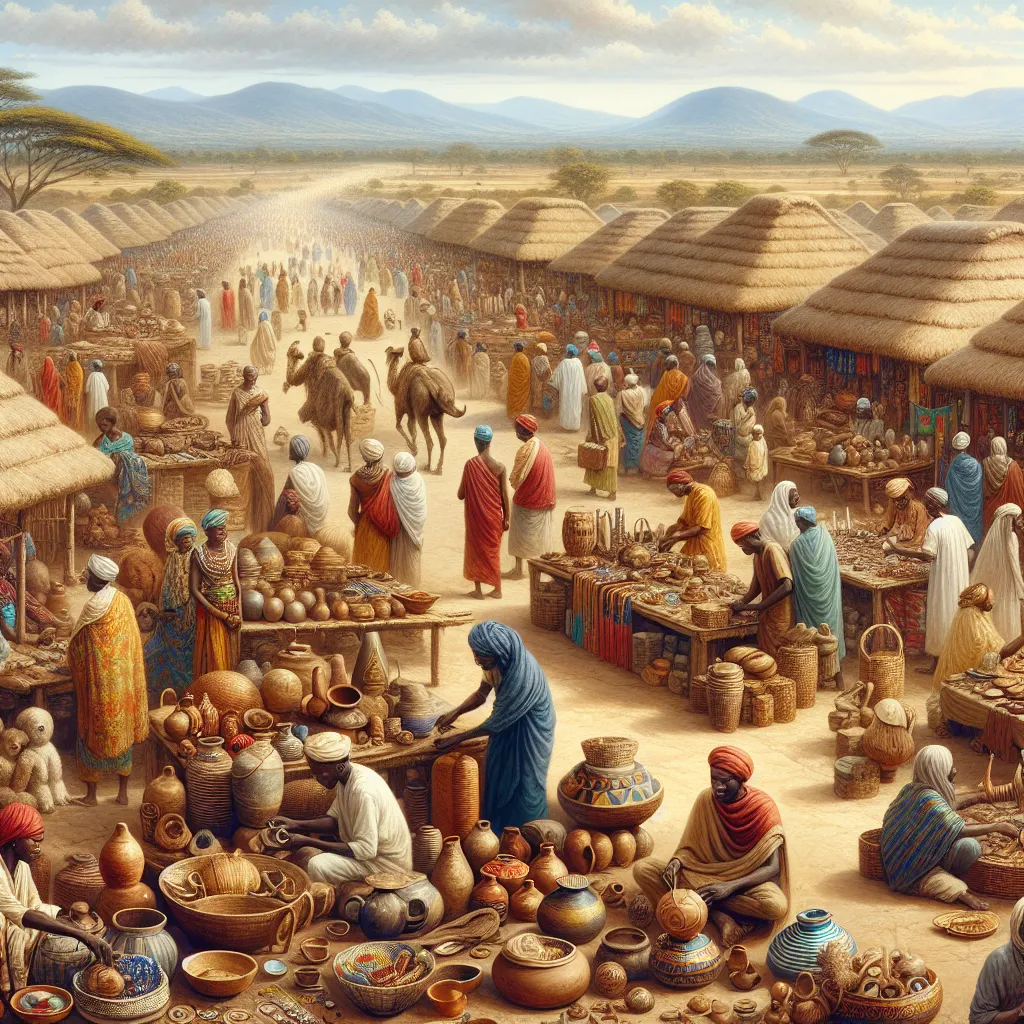

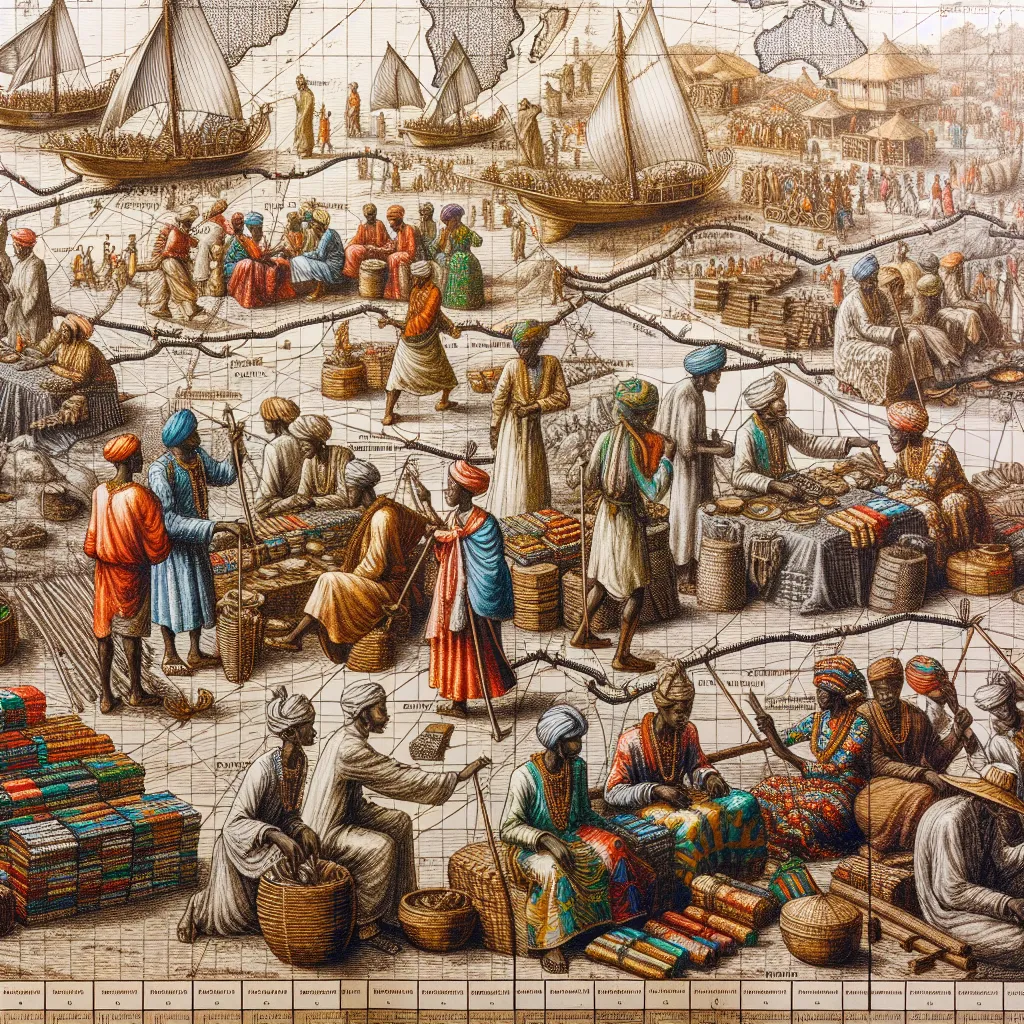
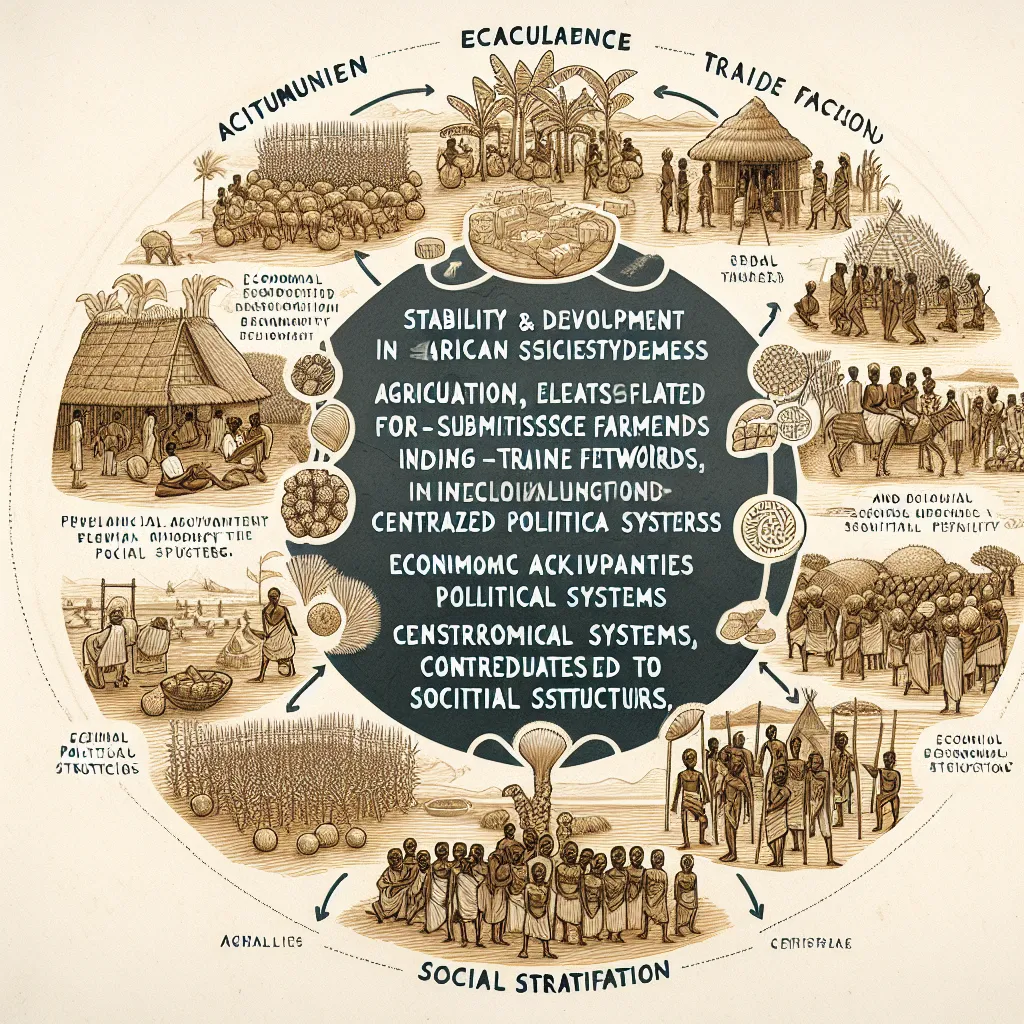
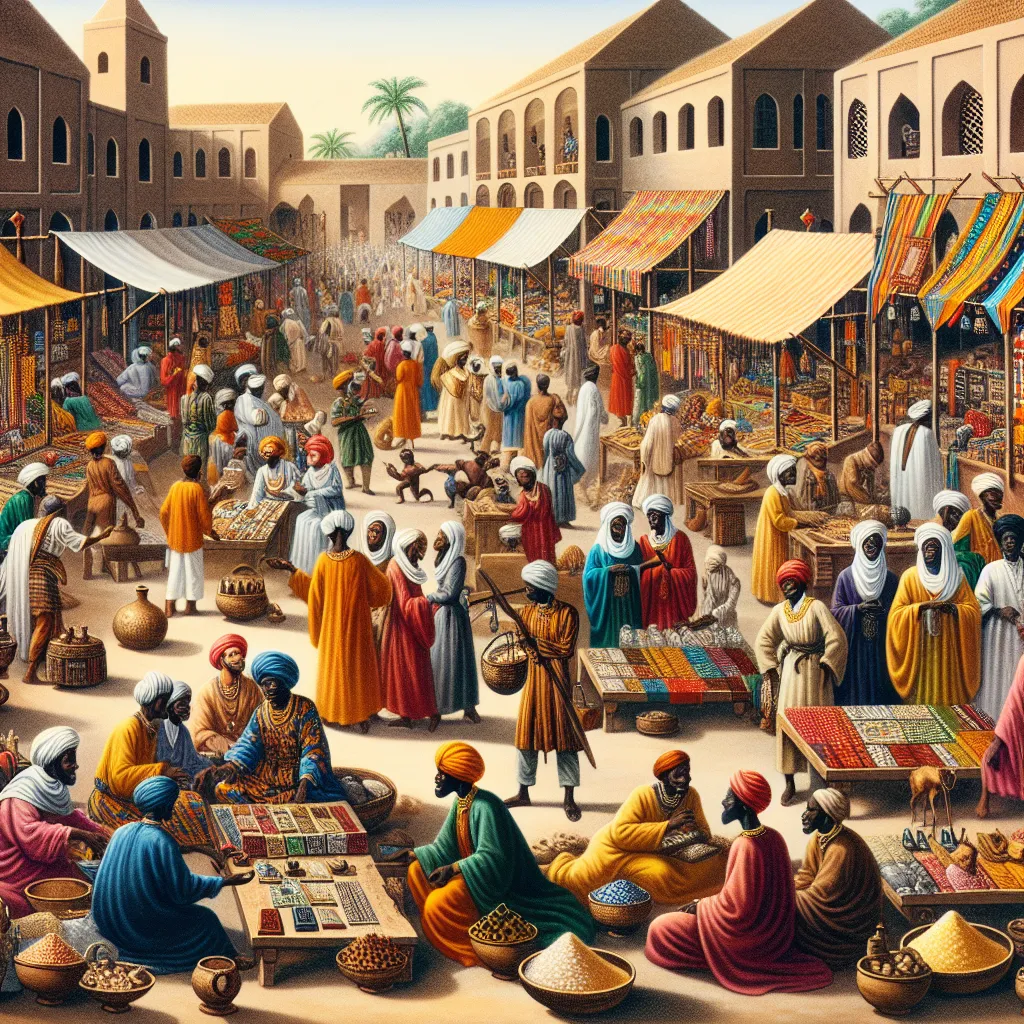
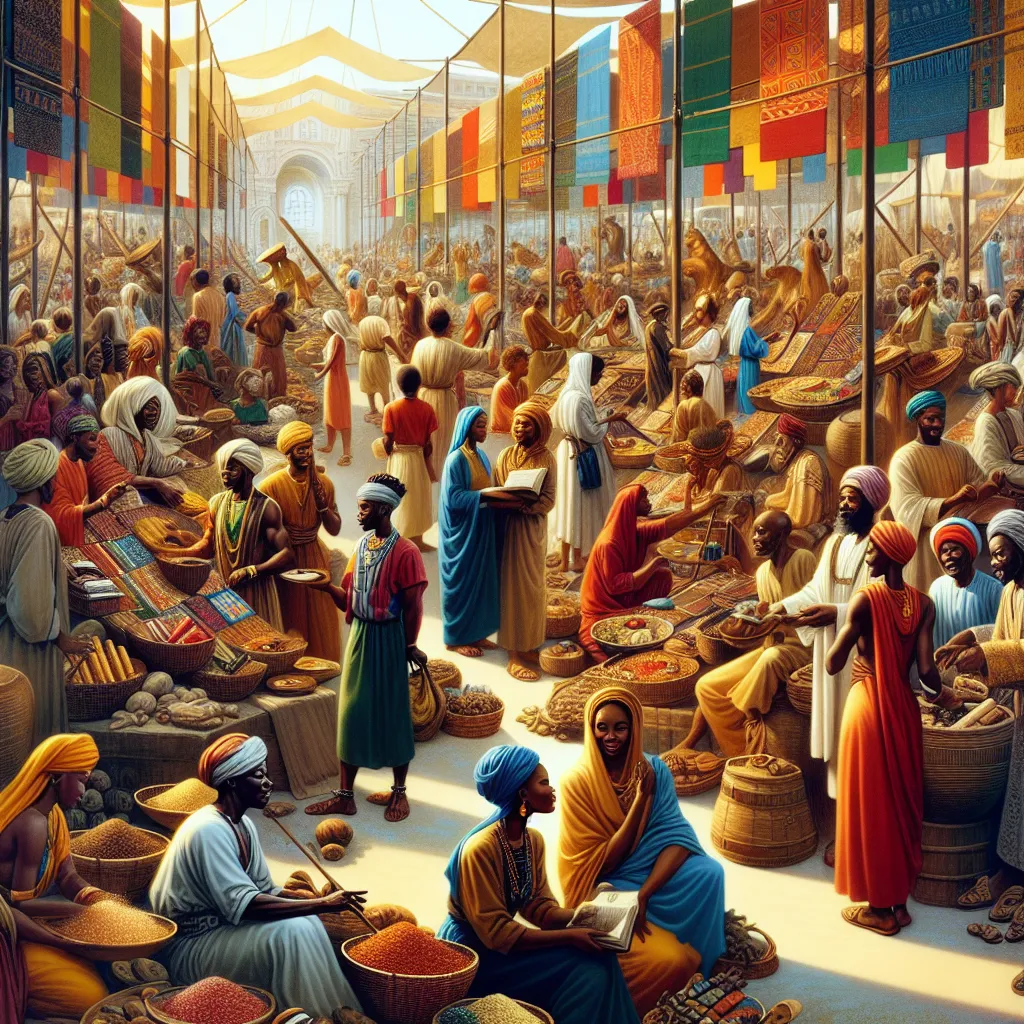

Post your own comment: